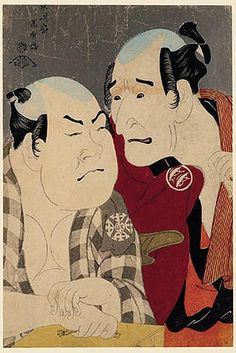There is no universally accepted definition of "McDojo", but
it has become a popular (derisive) term for a school or dōjō
that operates like a fast food restaurant. Fast food
is typically high volume,
mass production, preprocessed, pre-measured, reheated food full of flavour
additives, but little nutrition,
that is served quickly by unskilled or semi-skilled workers. The equivalent characteristics of a
"McDojo" are large class sizes, mass instruction by
teachers with limited knowledge and experience, "canned" class
format, sessions high in activity but low on instruction and
depth of understanding, with rapid
advancement from belt to belt, and numerous activities that
require additional fees to be paid.
The converse of this
is the "traditional" dōjō which typically has small
classes, more individualised instruction by instructors with
decades of experience, moderately-paced advancement from
belt to belt with stringent promotion requirements, arduous testing for promotion, and class
activities that emphasise conditioning, practical use, and
appreciation of long-standing traditions over fun, fanaticism,
self-promotion,
and esteem building.
At the Seishin-Kan we admittedly blend these
two approaches to a degree in the conduct of our children's classes. We employ some (but certainly not
all) of the features of a "McDojo" to the operation of
our children's classes, in which we try to make the
activities fun, light-hearted, and highly engaging and
energetic, while
subtlely instilling the virtues of Bushidō
in the students. In our adult
classes, however, we operate as closely as feasible to the manner of a
traditional Japanese dōjō.
>back to top


